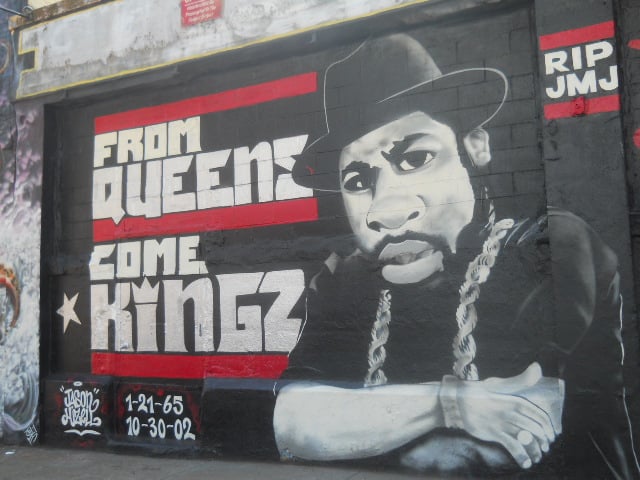Queens New York: The World’s Linguistic Melting Pot
Photo via Wikimedia
In some cases, to find the last speaker of a dying language instead of traveling to remote outposts of civilization or border towns destroyed by war and crippling poverty, you can hop on the 7 train out of Grand Central Station to a stop in the borough of Queens. Heralded as the most culturally diverse place on the planet, residents of Queens County speak more than 136 languages. Yeah, you read that right.
800 languages?
Odd discrepancies show up while researching the number of languages spoken in New York City overall. While almost every article written recently on the subject claims there may be a possible 800 in use that number falls to 174 when citing languages spoken in the city’s public school system. Where do the children of the other 620 language speakers go to school? While there is no exact count, the 136 spoken languages in Queens indicated by the 2000 census is considered to be at the very low-end by linguists who have taken to cataloging and researching languages in use from Long Island City to Flushing.

Photo via Wikimedia
While perusing the Queens’ list provided by the American Community Survey which shows both the languages and also the amount of people speaking them in the borough, it’s easy to see that Queens is still a destination of refuge for those escaping violence or poverty from around the word. For instance, while there are only 27 Danish speakers there are 2,221 Burmese listed. A mere 16 Inuit speakers, but 2,700 Gujarati (a minority language from the Gujarat state in India).
Large populations of European language speakers are still represented in the borough. Russian tops the rest at over 35,000, but it only just beats out the 32,000 Tagalog speakers and comes nowhere near the amount of Bengali at 57,000 plus,or Chinese at over 97,000. Not surprisingly though Spanish is by far the majority second language with around half a million.
A linguistic melting pot
It’s not these big thriving language groups that have researchers interested though. It’s the tiny neighborhoods that are home to a collection of endangered speakers or even the possible last individual person fluent in an already doomed language who has no one to speak it to and no books to read it in.
Languages currently being researched in Queens include Aramaic, Chaldic, and Mandaic from the Semitic family; Bukhari (a Bukharian Jewish language, which has more speakers in Queens than in Uzbekistan or Tajikistan); Chamorro (from the Mariana Islands); Irish Gaelic; Kashubian (from Poland); indigenous Mexican languages; Pennsylvania Dutch; Rhaeto-Romanic (spoken in Switzerland); Romany (from the Balkans); and Yiddish as well as vulnerable Native American languages.
Learning a new language? Check out our free placement test to see how your level measures up!

Photo via Flickr
Case studies have been completed identifying single speakers or single groups who are the last speakers of a language. Husnai Husain who is, as far as he knows, the only speaker of Mamuju in New York and one of only a handful in the world. He came from the western province of Sulawesi in Indonesia to settle in Rego Park twenty years ago and only ever speaks his native language on the rare occasion when he calls his brother.
From the secluded northeastern Istrian Peninsula along the Adriatic Sea, the Vlashki speaking Istrians, described as Europe’s smallest surviving ethnic group began immigrating to Queens in the 1960’s to escape the grinding poverty of the region. As a minority group even in their home state they stayed close in New York so that today Vlashki speakers in Queens outnumber those in the Istrian region where Croatian has all but displaced it.
This kind of research, being conducted where refugees have come to find safety and rebuild lives, means that minority languages so fragile in a world quickly being dominated by the big 5; Chinese, English, Spanish, Hindi and Arabic may survive and even flourish with help. That outsiders might also take an interest in a little known language can encourage the few still fluent to teach and share with their own and perhaps the rest of us as well.



